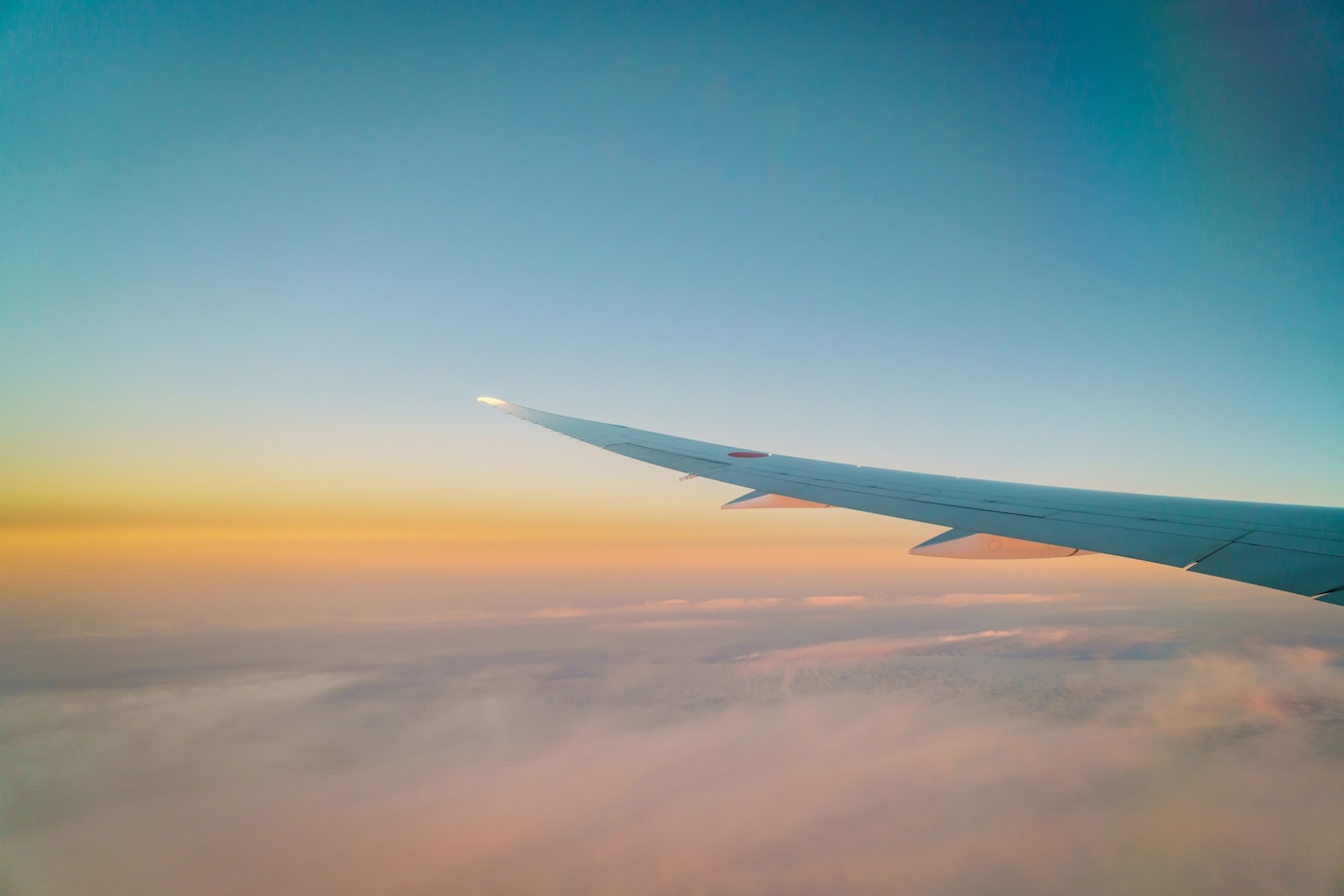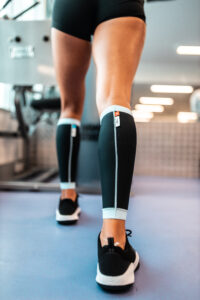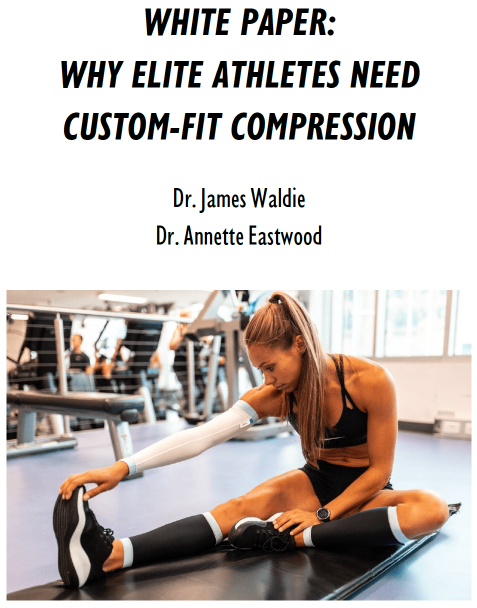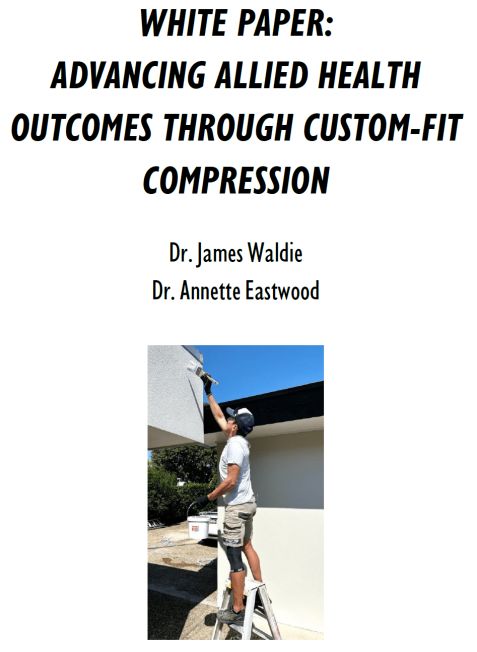CAPE founder and CEO Dr James Waldie has spent over 18 years researching compression. His initial research with NASA involved developing compression suits for astronauts travelling to space! Using the scientific principles from his early research, Dr Waldie has bought space science back down to earth, creating the most scientific compression garments both on and off the planet!
Benefits of compression garments for travel
Air travel can increase the risk of deep vein thrombosis (DVT) and other circulatory problems due to prolonged periods of reduced mobility. Compression garments have been shown to reduce the incidence of DVT, superficial vein thrombosis and oedema during travel (Clarke et al., 2021). By applying pressure to the skin, blood is redirected from the superficial veins to the deep veins and back to the heart, reducing the risk of blood clots forming in the deep veins.
Who should use compression garments for travel?
Anyone who undertakes frequent travel such as air crew, athletes, business or recreational travellers would be well advised to use compression garments to maintain health whilst flying.
Due to intense competition schedules, many elite athletes are required to travel extensively throughout a competitive season. Therefore, adopting strategies to minimise the effect of travel can enhance both athlete performance and recovery.
It has been shown that wearing compression garments on a 6-hour flight can attenuate the decrement in athletic performance associated with travel (Kraemer et al., 2016). A similar study with elite volleyball athletes showed that compression garments worn during long haul air travel maintained exercise performance and reduced lower limb swelling (Broach et al., 2019). Improved subjective ratings of alertness, fatigue, muscle soreness, and overall health, were also observed, suggesting that compression garments are beneficial in minimising the physiological stressors imposed by long-haul travel.
Optimal compression regime for travel
CAPE provide specific custom fitted compression garments for travel which have a different compression regime than the other types of compression garments in the range (performance, recovery, and rehabilitation).
During travel, heart rate is normal and movement is limited, therefore low to moderate grade compression is comfortable, invokes vasodilation and reduces swelling / oedema. This is in contrast to athletic performance where heart rate is high and movement demands are high, which requires a different compression regime.
The importance of custom fit for travel
CAPE medical grade custom fit compression garments are created from an individual’s 3D body scan. This means that each individual receives a tailor-made garment that fits correctly and applies the specific compression regime for the required purpose. Current research advocates the use of custom fit compression garments for genuine benefits, as opposed to off the shelf compression garments which are sized generically and have been shown to provide variable levels of pressure and inconsistent benefits (Hill et al 2015., Brown et al., 2022).
So, for genuine benefits from your travel compression garments, choose medical grade custom fit and you’re ready for take off!
REFERENCES:
- Broatch JR. et al., (2019). Effects of sports compression socks on performance, physiological, and hematological alterations after long-haul air travel in elite female volleyballers. Journal of Strength and Conditioning Research. 33(2): 492-501.
- Brown, F, Hill, JA., Pedler, CR. (2022b). Compression Garments for Recovery from Muscle Damage: Evidence and Implications of Dose Responses. Current Sports Medicine Reports (21 (2); 45-52.
- Clarke MJ, Broderick C, Hopewell S, Juszczak E, Eisinga A. (2021). Compression stockings for preventing deep vein thrombosis in airline passengers. Cochrane Database of Systematic Reviews 2021, Issue 4. Art. No.: CD004002.
- Hill, J., Howatson, G., Someren, K., Davidson, S., & Pedlar, C. (2015). The variation in pressures exerted by commercially available compression garments. Sports Engineering (Springer Science & Business Media B.V.), 18, 115-121.
- Kraemer WJ. et al., (2016). The effects of a roundtrip trans-American jet travel on physiological stress, neuromuscular performance, and recovery. J Appl Physiol 121: 438–448.





